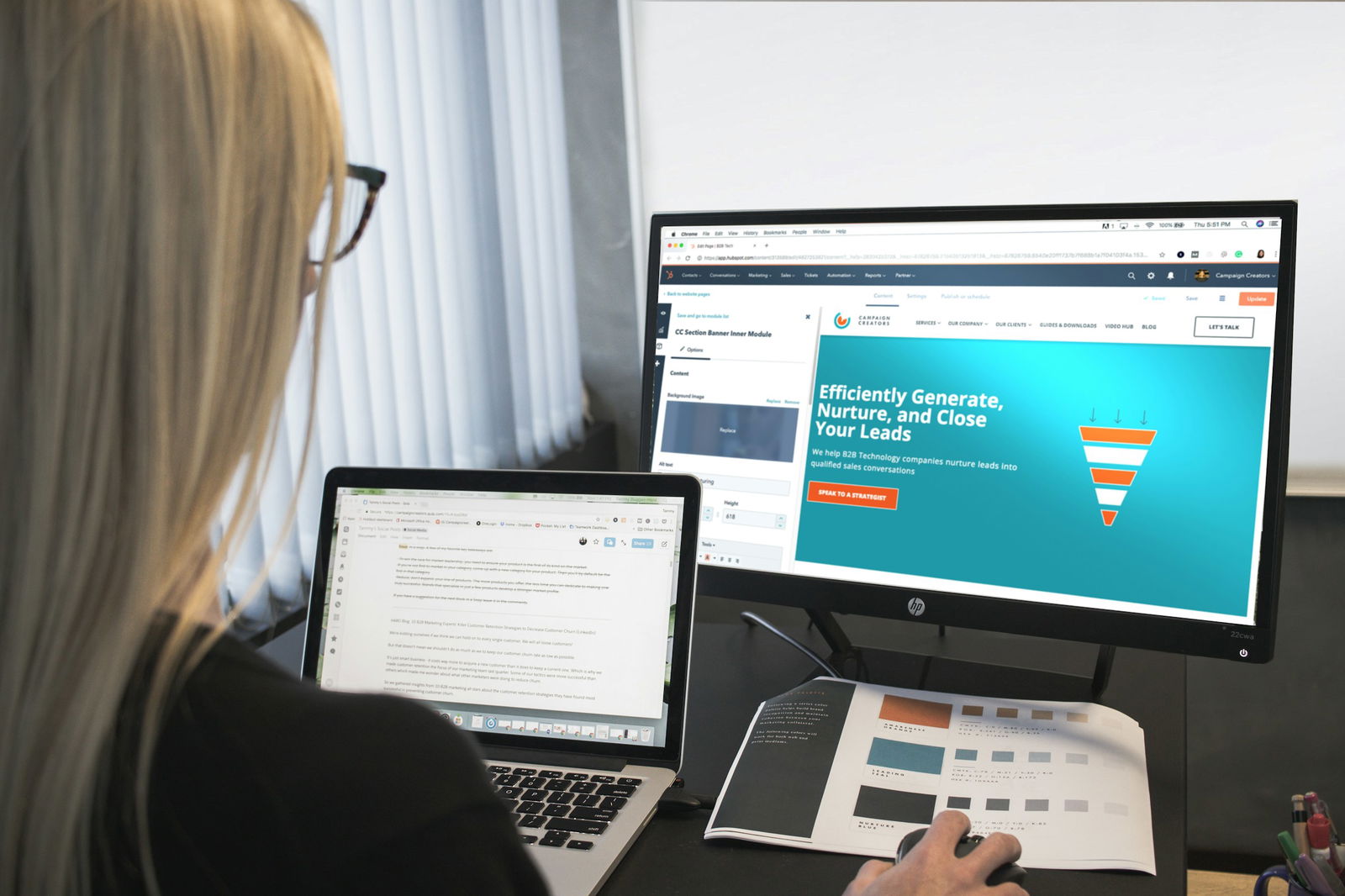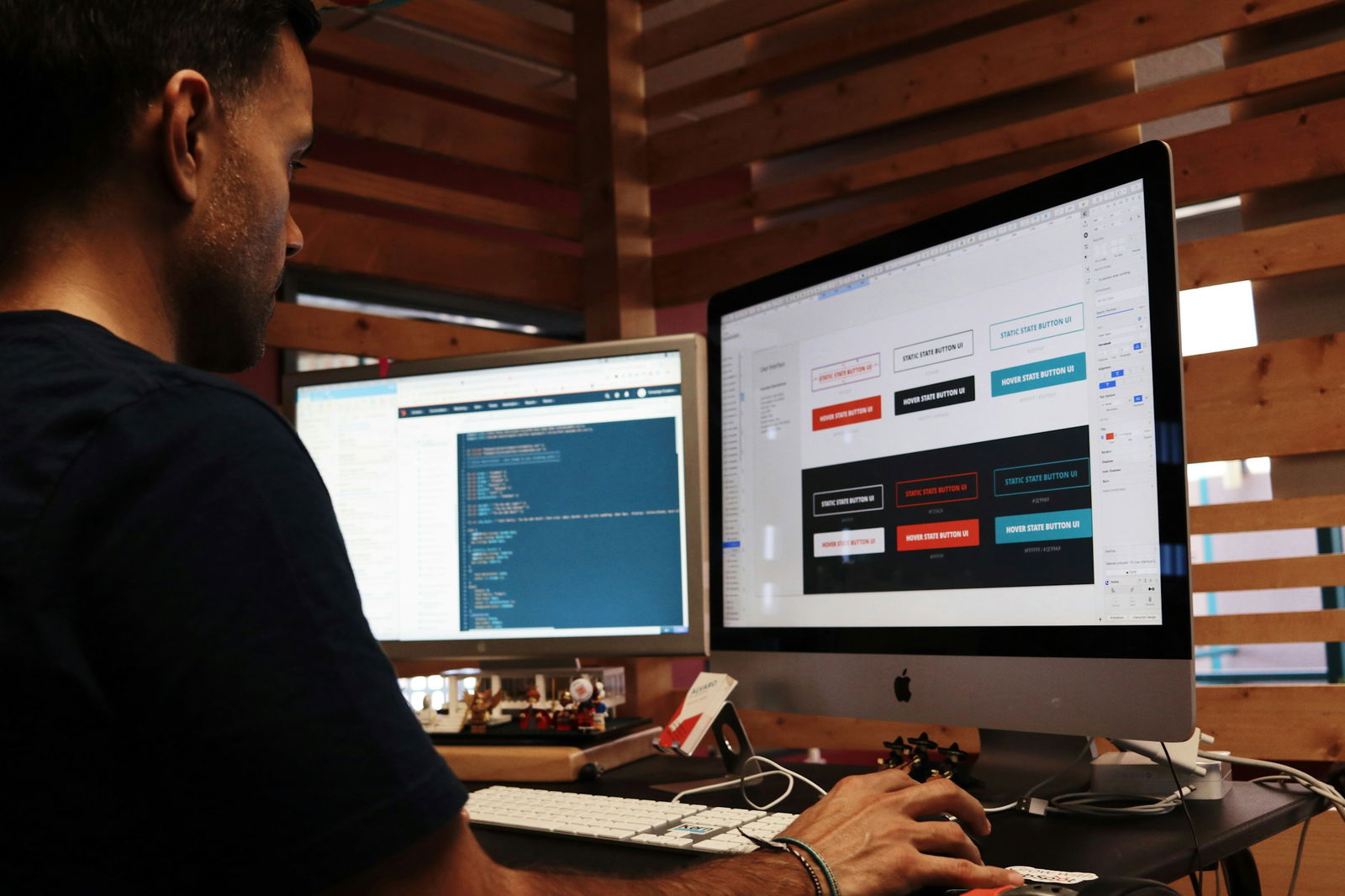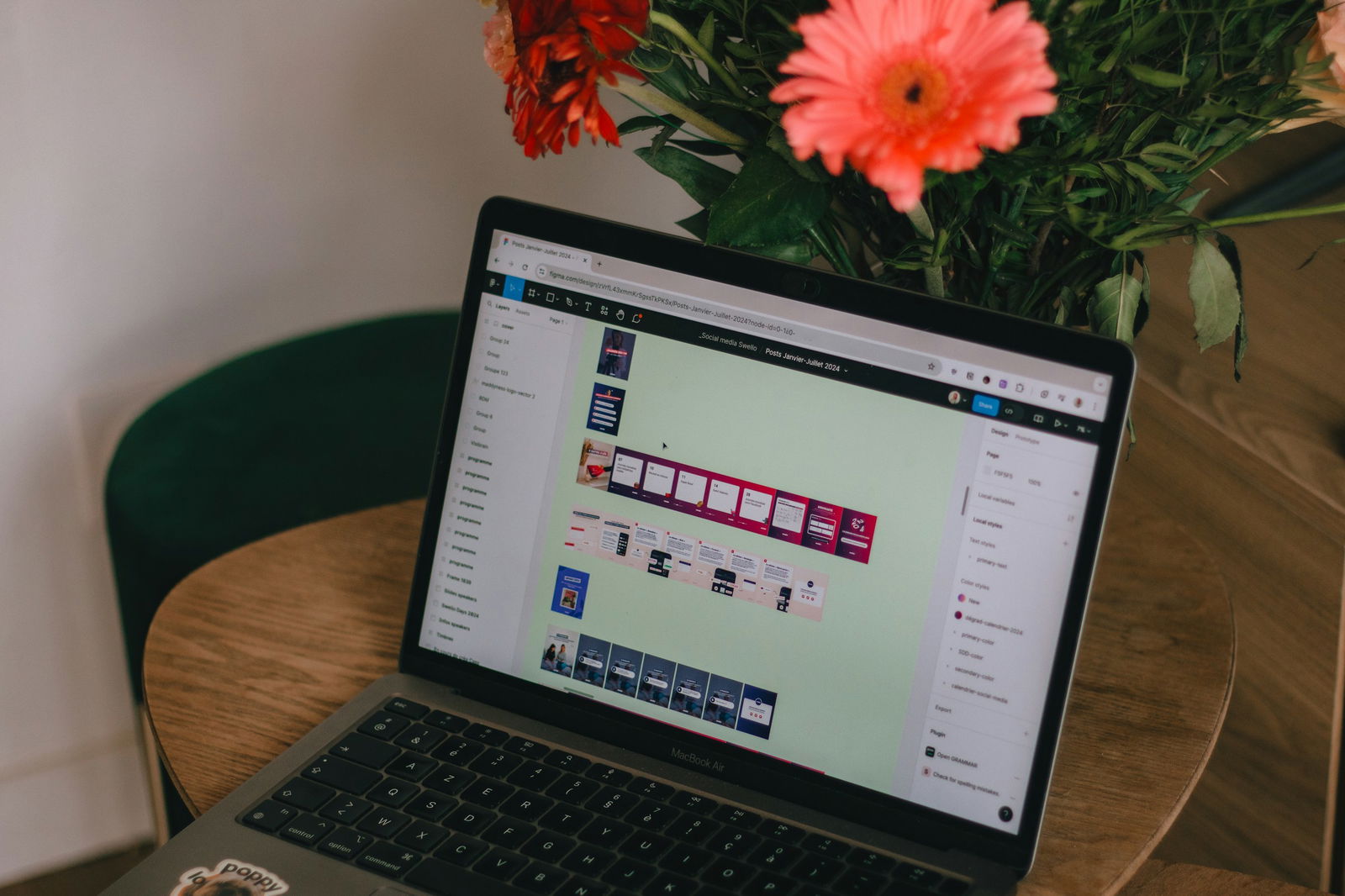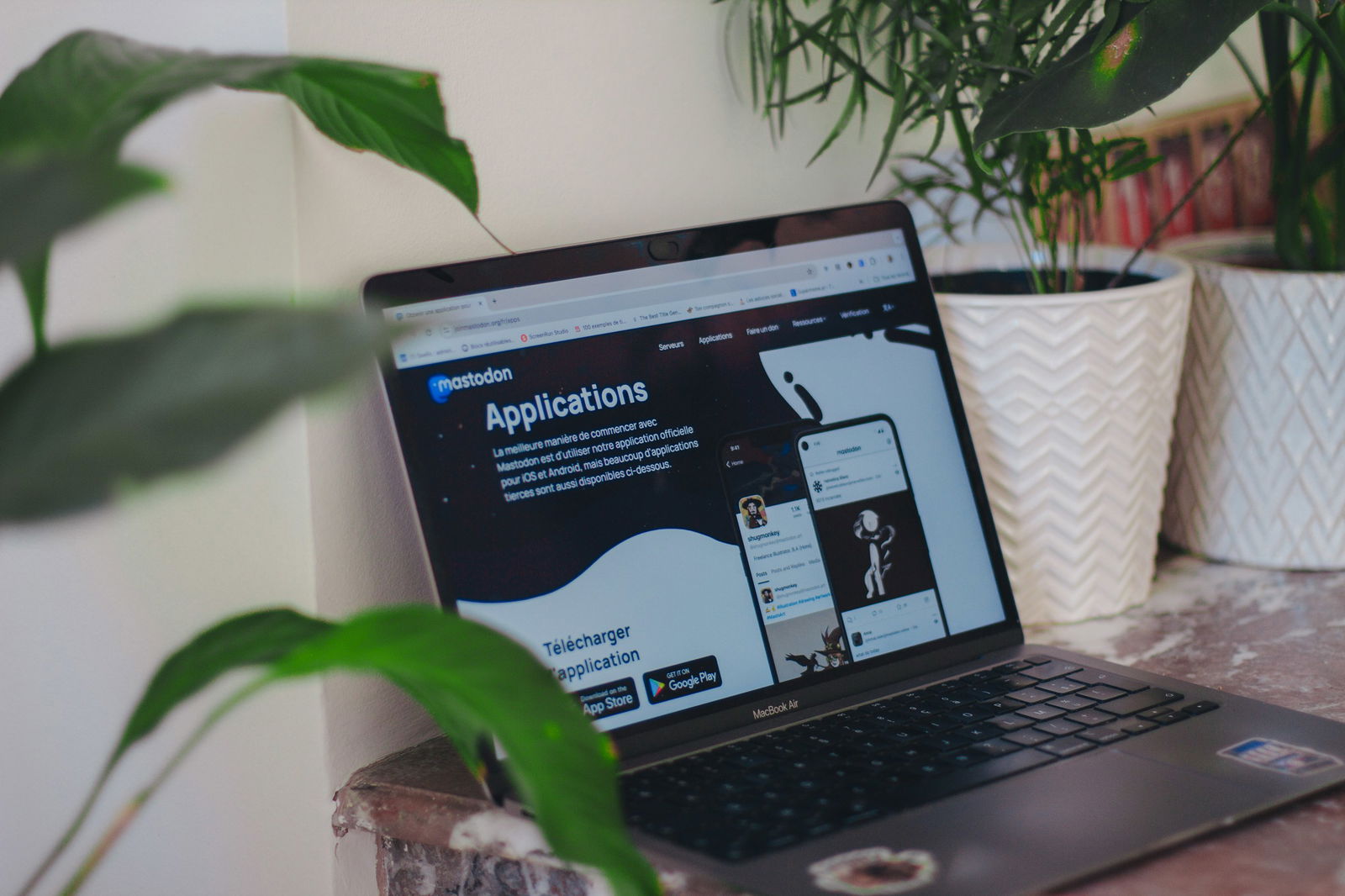Are you unsure how to create effective landing page examples for a call to action? Crafting the perfect landing page call to action can be tiring. This blog is here to guide you through the process. Whether you're new to the concept or looking to enhance your existing skills, this article offers valuable insights to help you achieve your goal of creating a compelling landing page call to action.
MagicUI's startup landing page template is the key to unlocking the potential of your landing page call to action. With its user-friendly interface and expert guidance, you can effortlessly craft the perfect landing page call to action that engages your audience and drives conversions.
What Is a Landing Page Call to Action (CTA)?

A landing page Call to Action (CTA) is a crucial element on a webpage that prompts visitors to take a specific action, such as signing up for:
- A newsletter
- Downloading an eBook
- Making a purchase
- Requesting a demo
The CTA is often presented as a button or a link that stands out from the rest of the page's content, guiding the visitor toward the desired conversion goal.
The Critical Role of a Landing Page CTA
The critical role of a CTA lies in its ability to direct the visitor's journey. Without a clear and compelling CTA, visitors might leave the page without taking any action, rendering the marketing efforts behind the landing page less effective.
A well-crafted CTA is the final nudge that converts a potential lead into a customer or subscriber. It communicates the next step the visitor should take and highlights the value they will receive by doing so.
Importance of Optimizing CTAs
The importance of optimizing CTAs cannot be overstated. A CTA must be clear, concise, and aligned with the visitor's intent. The choice of words, color, size, and placement contribute to its effectiveness. A study by HubSpot found that personalized CTAs convert 202% better than generic ones.
Testing different CTA variants can lead to insights that further optimize conversion rates. By continuously refining the CTA, businesses can improve their marketing ROI and ensure their landing pages perform at their best.
Related Reading
- FAQ Template
- How To Create A Landing Page
- Website Footer
- Website Header Examples
- How To Design A Landing Page
- Creative Landing Page Design
- Pricing Page Examples
- Tailwind Landing Page
- Landing Page UI
- Landing Page Copywriting
- App Landing Page
Why Is an Effective CTA Crucial for Your Landing Page?

Drives Conversions
A compelling CTA directly influences conversion rates by encouraging visitors to take the desired action, whether it's:
- Making a purchase
- Signing up for a newsletter
- Downloading an eBook
Research shows that a single, clear CTA can increase conversion rates by up to 371%.
Guides User Behavior
A well-crafted CTA guides users through decision-making, clarifying what action they should take next. Without a clear CTA, visitors may leave the page without taking any action, leading to lost opportunities. 70% of small business websites need a clear CTA, which can result in lower engagement and conversion rates.
Enhances User Experience
A compelling CTA contributes to a seamless and intuitive user experience. Clear guidance reduces friction and frustration, making it easier for visitors to engage with your content.
A study by HubSpot found that CTAs that are easy to locate and understand can increase click-through rates by 42%.
Reinforces the Value Proposition
A well-designed CTA reinforces your offer's value proposition. It reminds visitors of the benefits they will receive by taking the desired action, making it more compelling for them to engage.
CTAs that include the value proposition, such as Download Your Free Guide, can boost conversion rates by 33%.
Increases Engagement
CTAs are a powerful tool for driving engagement on your landing page. Encouraging visitors to take action helps to build a connection between the visitor and your brand. According to a study by MarketingSherpa, adding a CTA to a social post can increase engagement by 80%.
Facilitates Lead Generation
The CTA is crucial in capturing visitor information on lead-generation landing pages. A clear and compelling CTA encourages visitors to provide their contact details, such as email addresses, helping to build your email list and nurture potential leads. Research shows that optimized CTAs can increase lead generation by 30%.
Aligns with Marketing Goal
A compelling CTA ensures that the landing page aligns with your broader marketing goals, whether driving sales, increasing subscriptions or promoting an event. It helps to focus the visitor's attention on the action that will most benefit your business.
Businesses with focused CTAs on their landing pages are more likely to achieve their marketing objectives, with a reported 84% increase in goal achievement.
Encourages Immediate Action
CTAs that create a sense of urgency, such as Limited Time Offer or Sign Up Now, motivate visitors to act quickly rather than delaying their decision. Urgent CTAs can increase conversion rates by up to 31% as they tap into the fear of missing out (FOMO).
Supports A/B Testing
CTAs are a key component of A/B testing, allowing you to experiment with different versions to see which performs best. This data-driven approach enables continuous optimization, ensuring your landing page delivers the highest possible conversion rates. Companies that regularly A/B test their CTAs see a 37% increase in overall sales.
Builds Trust
An effective CTA can also build trust with your audience. You reduce anxiety and increase the likelihood of conversion by clearly communicating what will happen when they take action, such as Get Your Free Trial - No Credit Card Required. Trustworthy CTAs can lead to a 23% increase in customer loyalty.
What Are the Key Elements of a High-Performing CTA?

Clear and Actionable Language
The language used in your CTA should be clear, concise, and action-oriented. Visitors should instantly understand what they are expected to do and what they will receive in return. Phrases like Get Started Now, Download Your Free Guide or Claim Your Offer are effective because they use strong action verbs and convey a sense of immediacy.
Strategic Placement
The placement of your CTA on the landing page significantly impacts its performance. CTAs should be displayed where visitors are most likely to see them, such as above the fold or near persuasive content like testimonials or product descriptions.
According to a study by Nielsen Norman Group, CTAs placed above the fold are 84% more likely to be clicked.
Button Design and Contrast
The design of the CTA button plays a crucial role in attracting attention. It should stand out from the rest of the page, using contrasting colors and ample whitespace to make it visually distinct. The button size should be large enough to be easily clickable, especially on mobile devices.
A study by HubSpot found that buttons with contrasting colors can increase conversion rates by 21%.
Creating a Sense of Urgency
Urgency is a powerful motivator in CTA effectiveness. Phases like Limited Time Offer or Only a Few Spots Left can compel visitors to act quickly. Visual elements, such as countdown timers or scarcity indicators, can reinforce the urgency. Research shows that CTAs with a sense of urgency can boost conversion rates by up to 31%.
Reinforcing Value Proposition
Your CTA should align with and reinforce your offer's value proposition. This could involve including a brief statement or benefit next to the CTA, reminding users of the value they will receive.
Start Your Free Trial Today – No Credit Card Required encourages action and addresses a common objection, increasing the likelihood of conversion.
Personalization
Personalizing CTAs based on user behavior or demographics can significantly enhance their effectiveness. Dynamic content that changes based on the visitor's past interactions or location can make the CTA more relevant and compelling.
Mobile Optimization
With the increasing use of mobile devices, it is crucial to ensure that your CTAs are optimized for mobile users. This includes ensuring that the CTA button is large enough to tap easily and loads quickly on all devices. As reported by Unbounce, a mobile-optimized CTA can increase conversion rates by 27%.
A/B Testing
Regularly testing different versions of your CTA is essential for optimizing its performance. A/B testing can help determine which variations—wording, colors, or placements—resonate most with your audience.
According to a study by Hubspot, companies that regularly A/B test their CTAs see a 37% improvement in conversion rates.
Social Proof
Integrating social proof elements like testimonials, reviews, or trust badges near your CTA can increase its credibility and effectiveness. Visitors are more likely to take action if they see that others have benefited from the offer.
According to a study by BrightLocal, 88% of consumers trust online reviews as much as personal recommendations, making social proof a powerful addition to your CTA.
Clarity in the Next Steps
Explaining what will happen after the visitor clicks the CTA can reduce friction and increase conversions. A CTA that says Sign Up – It Only Takes 2 Minutes sets the expectation that the process will be quick and easy, which can encourage more visitors to take action.
How Can You Test and Optimize Your CTA for Better Results?

A/B Testing Different CTA Variants
A/B testing is a powerful method for determining which CTA version resonates most with your audience. By creating two or more versions of a CTA and showing them to different segments of your audience, you can measure which version leads to better results.
Key elements to test include:
- Wording
- Color
- Placement
- Size
Button Battle
Test a red CTA button against a green one to see which color drives more clicks.
A/B testing is critical because it allows you to make data-driven decisions rather than relying on guesswork. You can optimize your CTA for higher conversion rates by systematically testing different CTA elements. According to Unbounce, A/B testing can increase your conversion rates by up to 300%.
Monitoring Performance and Making Data-Driven Decisions
To optimize your CTA, it’s essential to monitor its performance using analytics tools. Key metrics to track include click-through rates (CTR) and conversion rates. By analyzing this data, you can identify trends and areas for improvement.
Data-Driven Insights
If your CTA has a high CTR but a low conversion rate, it might indicate that the landing page isn’t delivering on the CTA's promise and adjustments are needed.
Making data-driven decisions ensures that your CTA optimization efforts are based on concrete evidence rather than assumptions. Regularly monitoring and analyzing your CTA performance allows you to make informed changes that improve effectiveness and drive better results.
Iterating Based on User Feedback
Gathering user feedback is another valuable approach to optimizing your CTA. You can collect feedback through surveys, usability tests, or direct customer interactions. You might ask users what motivated them to click on a CTA or what prevented them from taking action. This feedback can provide insights into how your CTA is perceived and where improvements can be made.
Iterating based on user feedback creates a more user-friendly and compelling CTA. By incorporating feedback into your design and messaging, you can address user concerns and enhance the overall experience, leading to higher engagement and conversion rates.
Testing Placement and Design Variations
The placement and design of your CTA are crucial factors in its effectiveness. You can experiment with different placements on the page, such as:
- Above the fold
- In the middle of the content
- At the bottom of the page
Similarly, testing different design elements, such as button size, shape, and color, can help you determine what draws the most attention and encourages clicks.
Design Matters
Testing placement and design variations is important because even small changes can significantly impact your CTA’s performance. HubSpot found that anchor text CTAs in blogs can increase conversion rates by 121%. Optimizing the visual aspects of your CTA can make it more appealing and effective.
Utilizing Heatmaps and Click Tracking
Heatmaps and click-tracking tools can provide valuable insights into how users interact with your landing page and CTA. These tools show where users click the most and how they navigate your page.
By analyzing this data, you can identify if your CTA is being noticed and clicked or if it’s being overlooked. If you notice that users are not engaging with the CTA as expected, you can experiment with repositioning or redesigning it to make it more prominent.
User Insights
Utilizing heatmaps and click tracking is an effective way to understand user behavior and optimize your CTA accordingly. By making data-driven adjustments based on these insights, you can enhance the visibility and performance of your CTA.
Segmenting Your Audience for Targeted Testing
Segmenting your audience allows you to test different CTAs for different user groups. For example, new visitors respond better to a Sign Up Now CTA, while returning visitors are more interested in a Check Out Our Latest Updates CTA. You can create more relevant and personalized experiences for each group by tailoring your CTA testing to specific segments.
Segmenting your audience is crucial because it acknowledges that different users have different needs and behaviors. By testing CTAs that cater to specific segments, you can improve the relevance and effectiveness of your calls to action, ultimately driving higher conversion rates.
Continuous Optimization
CTA optimization is not a one-time task but an ongoing process. User preferences and behaviors can change over time, so revisiting and refining your CTAs regularly is essential. This might involve retesting previously optimized elements or exploring new design trends and technologies that could enhance CTA performance.
Continuous optimization ensures that your CTAs remain effective in a dynamic and evolving digital landscape. By staying proactive and adaptable, you can maintain high conversion rates and keep your landing pages performing at their best.
Personalized CTAs
According to a study by Epsilon, personalized CTAs can deliver a 202% better conversion rate than generic ones. By testing different levels of personalization, you can identify the most effective way to tailor your CTAs to your audience segments.
What Are Some Common CTA Mistakes to Avoid?

1. Vague or Confusing Language
Using phrases like Click Here or Submit doesn’t provide enough context or motivation for the user to take action. Instead, use clear and specific language that tells the user precisely what to do and what they’ll get, such as :
- Download Your Free Guide
- Start Your Free Trial
2. Lack of Contrast
Ensure that your CTA button contrasts nicely with the background and surrounding elements, making it impossible to miss.
3. Too Many CTAs
Limit your page to one primary CTA and, if necessary, a secondary CTA that supports the primary goal.
4. Poor Placement
Place your CTA where it is easily visible, such as above the fold or near key content, to ensure it gets the attention it deserves.
5. Ignoring Mobile Users
Ensure that your CTA is mobile-friendly by making it large enough to tap, using legible text, and placing it in a location that works well on small screens.
6. Not Testing Your CTA
Regularly test different elements of your CTA to determine what works best for your audience.
7. Overly Aggressive Language
Focus on providing value and using language that encourages action without being forceful.
8. Not Offering an Incentive
Make sure your CTA highlights a compelling reason for users to act.
9. Ignoring Trust Signals
To build trust, include privacy statements, security badges, or testimonials near your CTA.
10. Using Generic CTAs
Be specific about what the user will gain by clicking the CTA.
11. Too Much Text
Keep your CTA text short, direct, and to the point.
12. Lack of Urgency
Adding phrases like Limited Time Offer can create a sense of urgency that encourages users to take immediate action.
13. Forgetting About the User Experience
Ensure that your CTA is seamlessly integrated into the user experience.
14. Not Aligning the CTA with the Content
Make sure your CTA is contextually appropriate and supports the overall message of the page.
15. Failing to Follow Up
Following up can nurture the relationship and encourage further engagement.
Use Our Startup Landing Page Template Today
MagicUI is a free and open-source UI library designed specifically for design engineers. With MagicUI Pro, you can save thousands of hours creating a beautiful landing page and converting your visitors into customers.
Use our startup landing page template today.
How Does Visual Design Impact CTA Effectiveness?

Color Contrast
Color contrast is vital for making your CTA stand out on the page. A high-contrast CTA button will effectively attract users' attention.
Button Size
The button size influences the visibility and likelihood of users clicking it. Larger buttons are generally more eye-catching but must also fit naturally within the layout.
Font Style and Size
The font should be legible and match your brand's aesthetic. A bold, easy-to-read font can make your CTA more compelling.
White Space
White space around a CTA isolates it from other content, making it more prominent. Giving your CTA ample breathing room can draw attention to it without additional visual clutter.
Use of Shapes
The shape of the CTA button influences how users perceive it. Rounded buttons are seen as inviting, while square buttons convey a professional tone.
Visual Hierarchy
Placing your CTA in a prominent position ensures it captures the user's attention effectively.
Iconography
Including icons within or near your CTA can enhance its effectiveness. Icons can simplify the message and add visual interest.
Color Psychology and CTA Buttons
Different colors evoke specific emotions and can influence user behavior. Consider the feelings you want to evoke when choosing a color for your CTA button.
Use of Animation and Visual Cues
Adding subtle animations to your CTA can encourage interaction and guide users towards the CTA.
Texture and Depth
Adding texture or depth to your CTA button can make it more tangible and clickable.
Alignment
The alignment of your CTA can affect its visibility and appeal. Centered CTAs are typically more prominent.
Animation Feedback
Providing immediate feedback when interacting with a CTA can enhance the user experience.
Microcopy
The small text often accompanying a CTA, known as microcopy, can impact its effectiveness.
Visual Consistency
Maintaining visual consistency between the CTA and the rest of the website is important for creating a cohesive experience.
Testing and Iteration
Visual design is not static, and the effectiveness of your CTA can improve through:
- Testing
- Iteration
Related Reading
- Portfolio Landing Page
- React Portfolio Template
- NextJS Portfolio Template
- React Landing Page
- Startup Landing Page
- Tailwind Portfolio Template
- Best Saas Landing Pages
- React Header
- CTA Design
- App Landing Page
- Social Proof On Website
- Hero Section Design
- Waitlist Landing Page
- Best Web Developer Portfolios
- Nextjs Landing Page
What Role Does Personalization Play in CTA Success?

Tailoring CTAs to User Segments
Personalization in CTAs is crucial for capturing the attention of different user segments. By using dynamic content, you can tailor CTAs to new versus returning visitors or users based on their:
- Location
- Browsing history
- Past interactions with your site
New visitors might see a CTA encouraging them to sign up for a newsletter while returning visitors might be enticed with a special discount offer.
Dynamic Content and Behavioral Triggers
Utilizing dynamic content that adjusts based on user behavior can significantly impact CTA success. A personalized CTA like Complete Your Purchase with a special offer can prompt action if a user has items in their cart but still needs to complete the purchase. These behavioral triggers are effective as they deliver the right message to the right user at the right time.
Using Data-Driven Personalization Tools
Data-driven tools and platforms can help create highly personalized CTAs by analyzing user data and automatically adjusting the content displayed. Platforms like AI-powered recommendation engines suggest the most relevant CTAs for each user based on their previous interactions.
Personalized Messaging
Incorporating personalization within the CTA message can significantly enhance user engagement. Addressing the user by name, mentioning their recent activity, or offering something based on their interests can make the CTA more relevant and targeted.
Geo-Targeted CTAs
Geo-targeting enables personalizing CTAs based on the user's location. For example, a retail website might showcase a CTA promoting a local store's sale, or a travel site could suggest flights from the user's nearest airport. Geo-targeted CTAs offer location-based, relevant information that can boost engagement.
Time-Sensitive Personalization
Displaying CTAs relevant to the user based on the time of day, season, or specific events can be highly effective. A food delivery service might present a CTA like Order Dinner Now during evening hours, capitalizing on the user's immediate needs or circumstances.
Personalization Based on Purchase History
E-commerce sites can personalize CTAs based on a user's purchase history, increasing relevance and the likelihood of conversion. Offering a discount on the latest running shoes to a user who frequently buys running gear leverages past behavior to predict future actions, making the CTA more effective.
Content Personalization
Personalizing CTAs based on the content a user is viewing can enhance relevance and drive action. Suppose a user reads a blog post on digital marketing. In that case, a CTA offering a free eBook on advanced marketing strategies would be a natural next step, aligning with the user's interests.
Real-Time Personalization
Adjusting CTAs in real-time based on user behavior can significantly impact CTA success. For instance, if a user spends a substantial amount of time on a product page, a pop-up CTA offering a limited-time discount on that product can prompt immediate action.
Testing and Optimization
Continuously testing and optimizing personalization efforts are crucial to ensuring effectiveness. A/B testing different personalized CTAs can provide valuable insights into what resonates most with your audience, allowing you to refine personalization strategies over time.
Check Out Our React Component Library for Design Engineers
MagicUI is a free and open-source UI library designed specifically for design engineers. The library offers a collection of over 20 animated components built with:
- React
- TypeScript
- Tailwind CSS
- Framer Motion
These components are visually appealing and interactive, making them easy to integrate into web applications and allowing developers to create stunning user interfaces with minimal effort.
MagicUI components are highly customizable, enabling seamless adaptation to match desired branding and design requirements. The focus on animation and a design-centric approach helps bridge the gap between design and development, empowering designers and developers to craft captivating digital experiences that engage users effectively.
MagicUI Pro: Elevating Your Web Design Efforts
In addition to the free component library, MagicUI offers MagicUI Pro, a premium service that can save users thousands of hours in design and development. With MagicUI Pro, users can easily create beautiful landing pages and convert visitors into customers using pre-designed website templates.
The templates offered by MagicUI Pro are carefully crafted to capture attention and drive conversions. By utilizing these professionally designed templates, users can enhance their online presence and create a memorable user experience that encourages visitors to take action.
Start Designing with MagicUI Today
MagicUI is the ideal solution for saving time and effort in creating captivating web interfaces and landing pages. By using MagicUI's free component library and MagicUI Pro's premium templates, you can elevate your design efforts and create stunning digital experiences that resonate with your target audience.
Start your design journey with MagicUI today and see the difference it can make in your web design projects.
